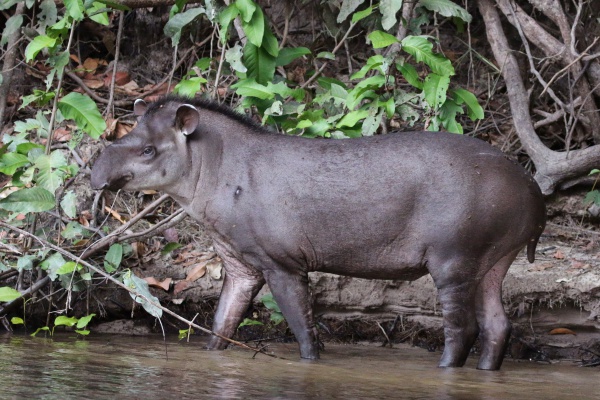Facts About South American tapir
The South American tapir, often referred to as the Brazilian tapir, Amazonian tapir, maned tapir, or lowland tapir, is a captivating large mammal native to the Amazon region. Among the four tapir species, it is the largest indigenous to the Amazon. These creatures are characterized by their dark brown coat and distinctive white-edged ears. They can grow up to 2.5 meters (about 8 feet) in length and weigh approximately 225 kilograms (roughly 500 pounds).
These tapirs inhabit the lush Amazon Rainforest and the River Basin, extending from Venezuela to Argentina and Bolivia. Not confined to land, they are proficient swimmers and divers as well. Tapirs have a relatively long lifespan, typically living around 25 to 30 years. Their diet is quite varied, consisting of leaves, buds, fruits, grasses, and even aquatic plants.
Breeding occurs from April to June. Female tapirs endure a lengthy gestation period of 13 months and usually give birth every two years. The newborns are relatively small, weighing about 15 pounds at birth, and are weaned by the time they are six months old.
Unfortunately, the South American tapir is endangered, primarily due to poaching for their meat and habitat destruction. Although their situation is dire, they face a slightly lower risk of extinction compared to other tapir species. Much remains to be discovered about their social lives and behavior, making further research crucial to their conservation.

 Bolivia
Bolivia